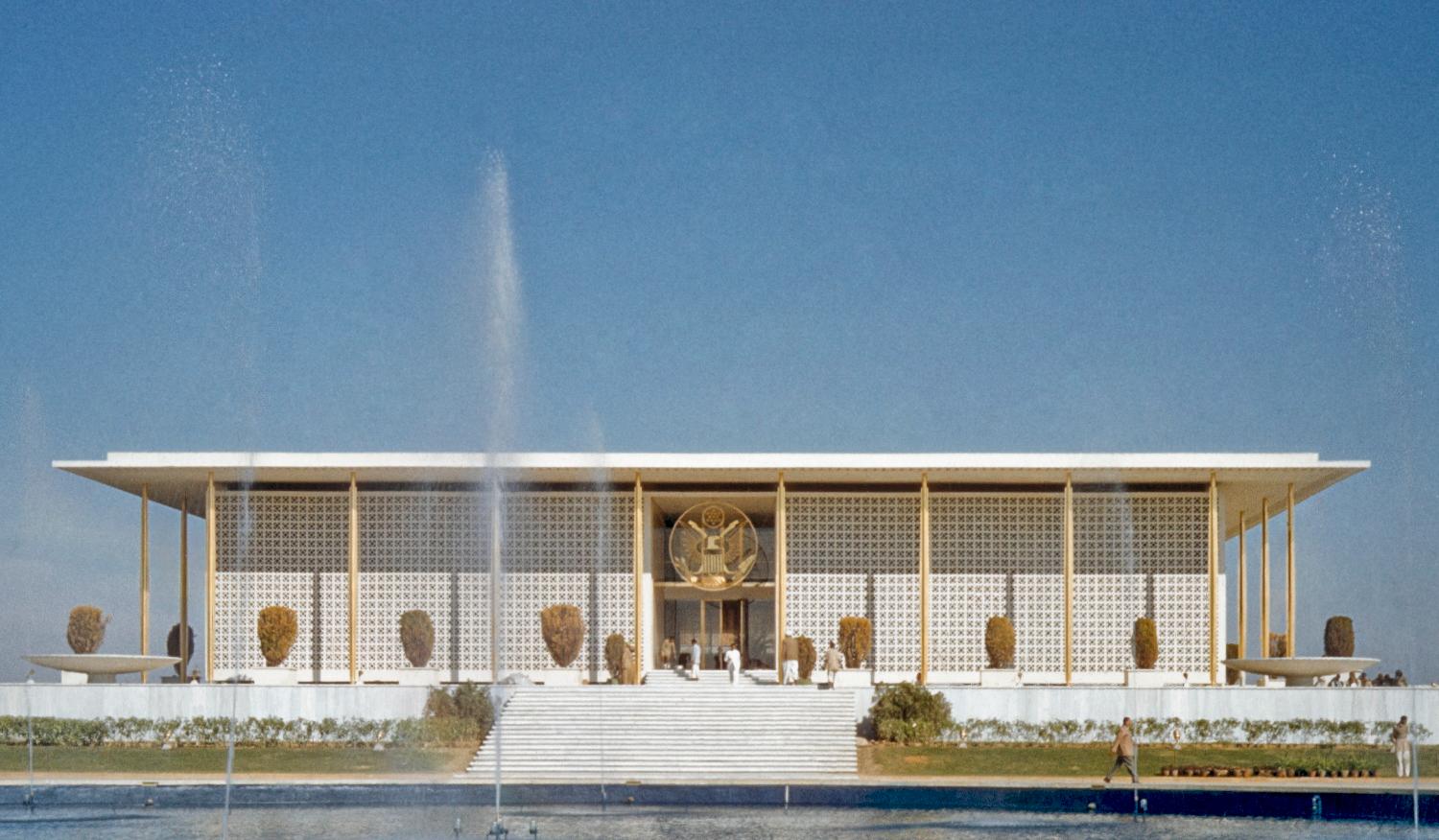Visa delays dash ‘once-in-a-lifetime’ opportunities for students, workers in India
Last summer, Ankush Pal, a sociology student in Delhi, was thrilled to learn that he had been invited to present a paper at a conference in the fall at Southern Illinois University.
“As an undergraduate student, it’s a big deal,” Pal said. “It’s close to a once-in-a-lifetime opportunity to even be invited.”
His trip was fully funded. The conference was four months away and he had a letter of invitation to support his visa application. There was only one problem: the earliest US visa appointment was 10 months after the conference.
Getting visas to travel to the US has never been easy for people of certain nationalities. But pandemic closures made visa processing delays extend to a year or more, causing people to miss important family events, or have to delay work or study in the US.
Now, consulates are staffed up again, but substantial delays remain in many countries because of the large numbers of visa applicants. Slots for visa interviews are particularly hard to come by in India, where there’s a tremendous demand for visas.
The US Embassy in New Delhi and other consulates across the country processed more than 1 million non-immigrant visas in 2023.
“Indians now represent over 10% of all visa applicants worldwide, including 20% of all student visa applicants and 65% of all H&L-category [employment] visa applicants,” according to the US Embassy in New Delhi.
To speed up the process, the US mission in India waived interview requirements for some applicants. It is also expanding operations by opening two new consulates in the country in the coming years.
Other strategies include roping in remote staff to help out with visa processing in India, and allowing Indians to appear for consular interviews at embassies in other countries.
“We’re currently processing more visas, faster than the US mission in India has ever done before,” Eric Garcetti, the US ambassador to India said last year.
Yet, a first-time visitor visa applicant in India, like Pal, may have to wait for as long as 260 days — nearly double the average global wait time of 140 days — but a significant improvement from the 1,000-day wait in 2022.
Pal’s interview is scheduled for August 2024.
Wait times are lower for Indian students, who make up the largest group of international students in the US. Embassies prioritize student visas, but even so, the process is far from simple, according to applicant Bikash Bhattacharya. Grabbing a slot requires repeated log-in attempts to the visa portal.
“Maybe 6 to 7 times daily at different points of time. Sometimes it’s at midnight, sometimes it’s early in the morning,” Bhattacharya said. He is supposed to start school later this month but doesn’t have a visa yet, and risks losing his PhD spot and scholarship.
Those who can’t afford to wait have one last resort: visa agents who guarantee an early slot for an extra fee. But it’s risky, Pal said.
“I am expected to share my credentials with them in the first place. I’m not sure what happens with my account at that time,” he said. The so-called agents can change your account password and hold it for ransom. Pal said many of them turn out to be scammers.
The visa delay is also a diplomatic headache.
New Delhi is an important strategic partner for Washington, especially as a bulwark against Beijing’s rise.
Last year, President Joe Biden invited Prime Minister Narendra Modi for a state visit to the US. Both nations have grown closer in recent years and the Indian diaspora in the US is a key bridge between the two countries. At a panel discussion last year about US-India ties, experts said solving the visa issue should be a priority.
“Let’s make it easy to get visas to the US. That needs to happen. Let’s unleash that soft power, both the US and India. Let’s create conditions to build those people-to-people ties,” said Joseph Felter, a research fellow at the Hoover Institution, a public policy think tank at Stanford University.
Clearing visa hurdles for skilled Indian workers would help the US too, as it ramps up semiconductor production to compete with China.
“Essentially, today the US badly needs workers with basic STEM skills and is not able to produce them in sufficient volume,” said Dhruva Jaishankar, executive director at the Observer Research Foundation America.
“The only place they’re going to be able to get skilled workers at the scale required is from India. So, some kind of mobility agreement between the US and India would go a long way toward benefiting both countries.”
Making people wait for visas hurts the US economy, too.
The nonprofit US Travel Association calls long visa delays a “de facto travel ban” which it estimates cost the US economy nearly $7 billion in 2023.
Long waits are also common in countries like Brazil and Mexico where there’s a large demand for visas. If delays persist, applicants like Bhattacharya may look to travel or study elsewhere.
“I am scared of going through this whole thing again,” he said. He’s now thinking of applying to study in Germany.
